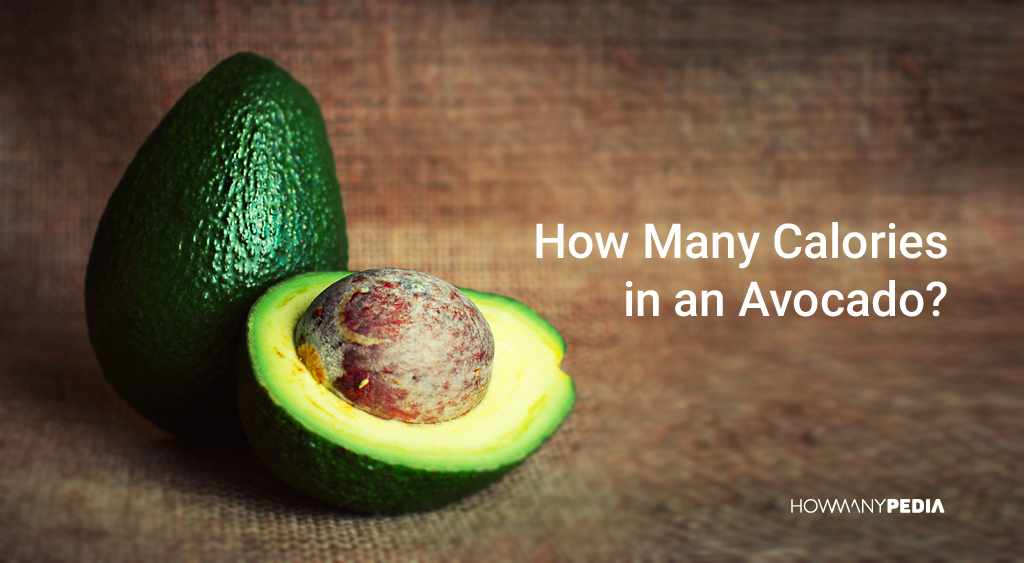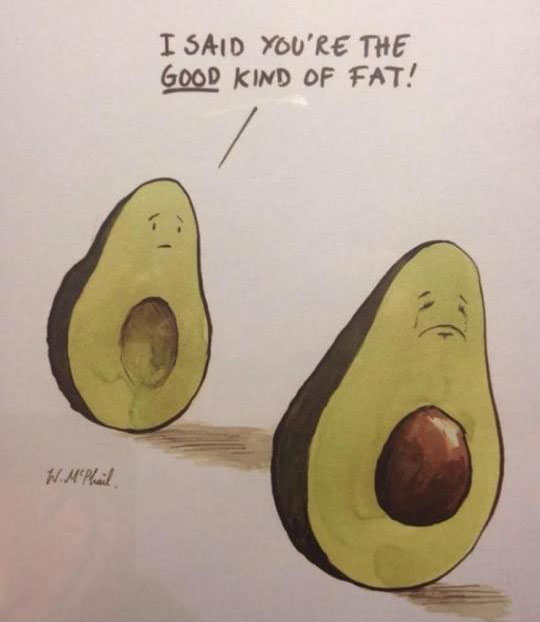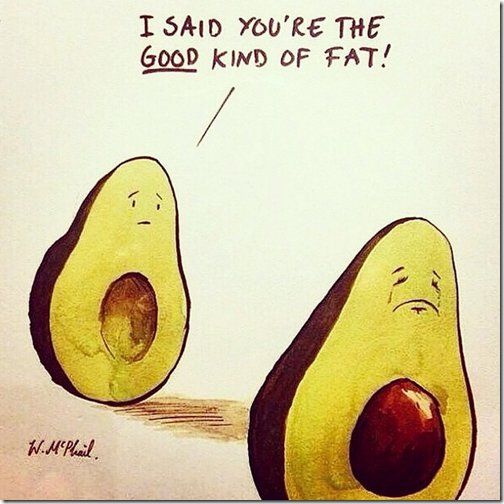Non-profit foundation providing reliable, scientifically accurate, personalized information for convenient and enjoyable healthy eating.
Avocados’ one-two punch of fat and fiber makes them a particularly filling food. Guacamole is probably the most familiar avocado-based dish, but there are plenty of other ways to use the fruit.
Avocados are the highest fat fruit in existence, with the exception of the coconut. Most of the fat in an avocado comes from a heart-healthy type of

This chart graphically details the %DV that a serving of Avocados provides for each of the nutrients of which it is a good, very good, or excellent source according to …






While millennials are quick to consume avocados by the bucket load, be it smashed on toast or blended in a morning smoothie, it can be easy to forget how fat …
Why should you eat avocados? Avocado benefits include boosting heart and digestive health, cancer prevention, glowing skin and hair, and weight loss.
There are 234 calories in 1 cup, slices (5.1 oz) of Avocados, average all varieties, raw. You’d need to walk 61 minutes to burn 234 calories. Visit CalorieKing to see calorie count and nutrient data for all portion sizes.
WebMD presents the basics about avocados — from calorie and nutrient content to storage and preparation advice.



Nutrition facts and Information for Avocados, raw, all commercial varieties
The avocado (Persea americana) is a tree, long thought to have originated in South Central Mexico, classified as a member of the flowering plant family Lauraceae. Avocado (also alligator pear) refers to the tree’s fruit, which is botanically a large berry containing a single large seed.